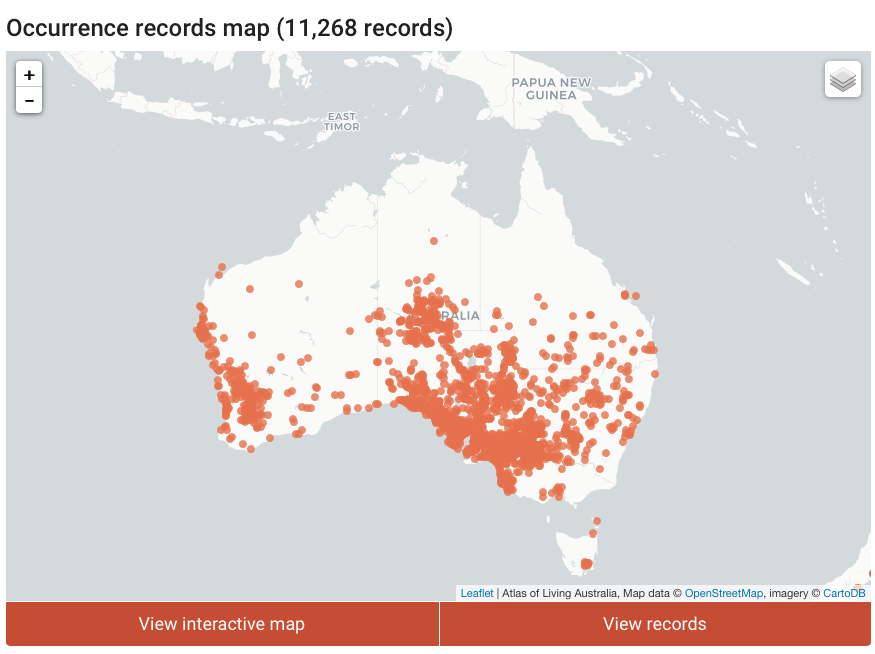 We are very proud to announce the publication of our latest work, “Divergent receptor proteins confer responses to different karrikins in two ephemeral weeds“, by Kelly Sun, Jiaren Yao et al. in Nature Communications. The work behind this paper started when Kelly was an Honours student, and Mark a post-doc in Steve Smith’s lab, in 2014. From very humble beginnings the project grew, stalled, went into reverse, and then when a clear story began to emerge, we started to work on it in earnest. This project had its fair share of frustrations, but we’re pretty happy with how it turned out in the end.
We are very proud to announce the publication of our latest work, “Divergent receptor proteins confer responses to different karrikins in two ephemeral weeds“, by Kelly Sun, Jiaren Yao et al. in Nature Communications. The work behind this paper started when Kelly was an Honours student, and Mark a post-doc in Steve Smith’s lab, in 2014. From very humble beginnings the project grew, stalled, went into reverse, and then when a clear story began to emerge, we started to work on it in earnest. This project had its fair share of frustrations, but we’re pretty happy with how it turned out in the end.
In summary, we found that Saharan mustard (Brassica tournefortii) – an invasive weed found throughout the southern half of Australia – has a specialised version of KAI2 that allows the plant to perceive KAR1 more sensitively than other plants such as Arabidopsis. We identified the amino acid changes that are responsible for this change in ligand specificity, and also found similar changes in other species as well, suggesting that changes in KAI2 function may have occurred multiple times during the evolution of flowering plants.
You can read the UWA press release describing our findings here.
The map shows the distribution of sightings of this pernicious weed in Australia. You will often find it in disturbed habitats. Here in Perth, it’s frequently seen on land cleared for building, down sandy laneways and along fence lines. There’s also populations in Kings Park and Bold Park. In short, it’s everywhere, it’s very hardy, and it germinates very robustly after a fire because of its Karrikin response. See the full entry for B. tournefortii at the Atlas of Living Australia.
